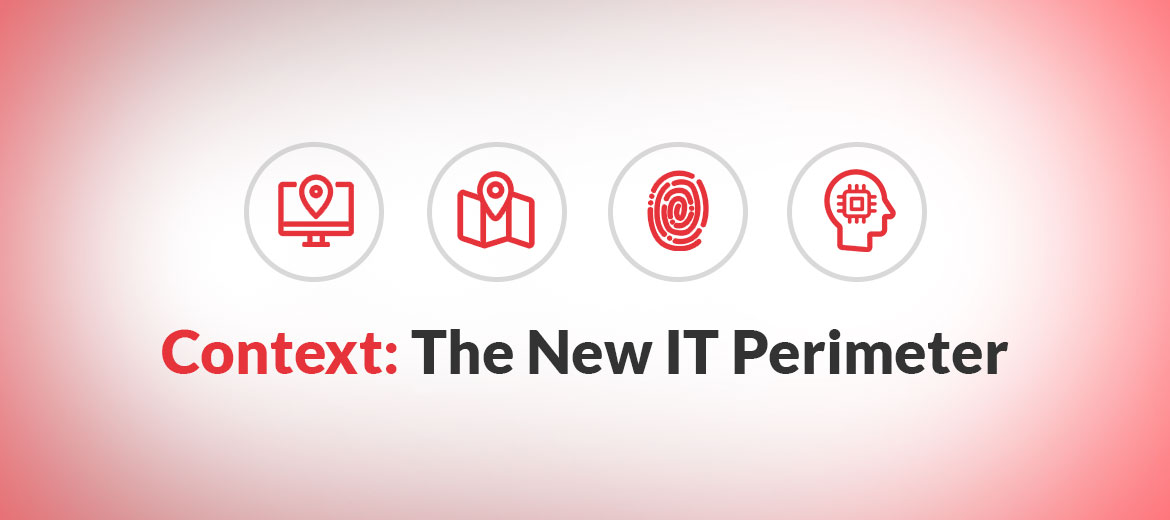Contextual authentication is gaining more and more prominence in the overall cyber threat and IT frauds prevention landscape. The risk stemming from IT fraudsters needs attention as the ‘bad actors’ often outsmart ‘good actors’ in the cyber warfare.
The bad actors have an uncanny knack to deceive the security controls in place. Although organizations and businesses invest billions of dollars in cyber threat preventive measures, the attack vector is always wide open. The IT loopholes make organizations vulnerable.
One simple explanation is that cyber defense lags many years behind cyber-attack.
Case in Point: Fraudsters attempt to trick facial-recognition authentication systems
Contextual authentication provides an additional layer of security that validates the trust at different levels. And this attempted IT fraud discussed here only underpins the pressing need to implement it in place.
The scheme: According to an article published in the WSJ, citing verification firm ID.me Inc, last year thousands of fraudsters attempted to trick facial-recognition systems. The fraudsters tried to claim unemployment benefits from the state agencies in the U.S. by using sophisticated techniques. In order to fool facial-recognition systems, fraudsters generated deepfakes, lifelike masks using AI.
The identity verification company averted the big conning scheme; however, one crucial question lingers: how to ensure robust authentication?
Contextual Authentication in Privileged Access Management
Ensuring robust authentication is a challenge, notably in the given current remote work context. And at a time when businesses and organizations migrate increasing number of workloads to the cloud, the validation process requires solid authentication layers. No other area requires a close assessment in this regard than the privileged access management.
The validation approach evolved in privileged access management over the years—from dual-factor authentication to multifactor authentication. The evolving enterprise use-cases, however, make mere MFA controls sometimes inadequate.
An explanation for this widening security concerns is that end-users nowadays have access from any device and any location. And the nature of risks only amplifies when end-users require privileged access to target systems.
The contextual authentication process is a central component to ensure continuous assessment of the end-user’s trust.
Both Continuous Adaptive Risk and Trust Assessment (CARTA) and Zero Trust (ZT) frameworks essentially emphasize contextual authentication where the context turns into the new perimeter.
The contextual authentication approach is different from the MFA approach where a certain set of credentials allows to access the perimeter. However, in the former approach, the authentication method will assess the context behind any end-user access to target systems. Therefore, geo-location, typing speed, IP address, biometrics and AI-enabled risk analysis become more important here.
ARCON | Privileged Access Management (PAM) provides the framework to move away from corporate network bound perimeter to context-based perimeters. Through ARCON | PAM, an IT security team can develop micro-perimeters with centrally-built unambiguous rules that defines the limit of an ‘identity’.
As a result, organizations can develop robust authentication and governance framework where each access to systems is allowed only on ‘need-to-know’ and ‘need-to-do’ basis.
The bottom-line
Contextual authentication provides the necessary controls to identify whether the access is legitimate or not. The approach is crucial in the changing access control dynamics.

